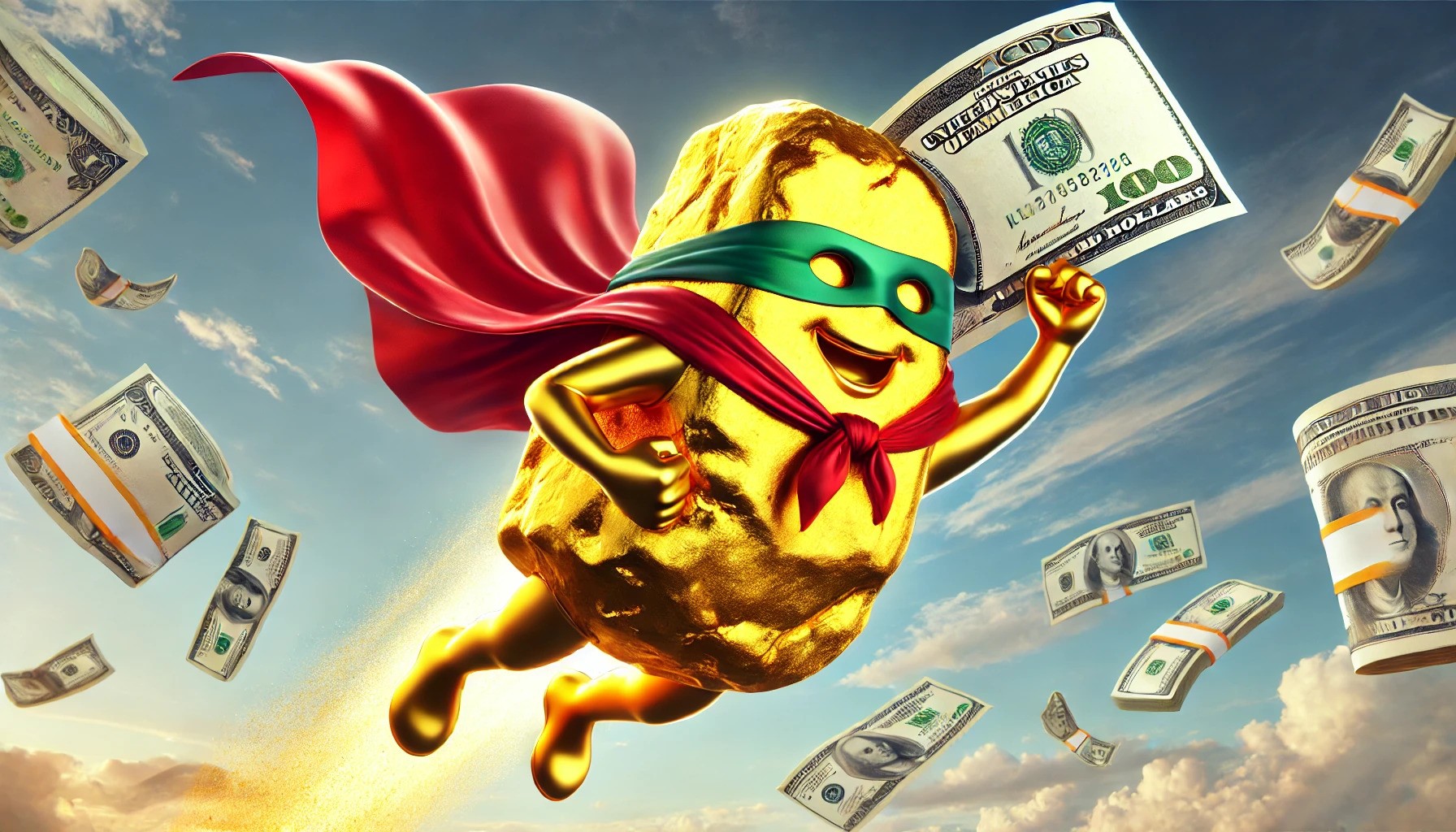(Peter St. Onge, Money Metals News Service) Can we save the dollar before central banking kills it?
Our deficits are now stuck at 8% of GDP — unprecedented in peacetime. And our national debt just hit $35 trillion — unprecedented in the history of man.
Even the central bankers realize that this isn’t sustainable. That we are coming to the day our paper money utopia crumbles.
Historically, from Song Dynasty China to Weimar Germany, when paper dies we return to hard money. Because backing the dollar with hard money like gold — and eventually Bitcoin — is the only way to finally kill the money printer.
Happily, we can actually do this without the crash.
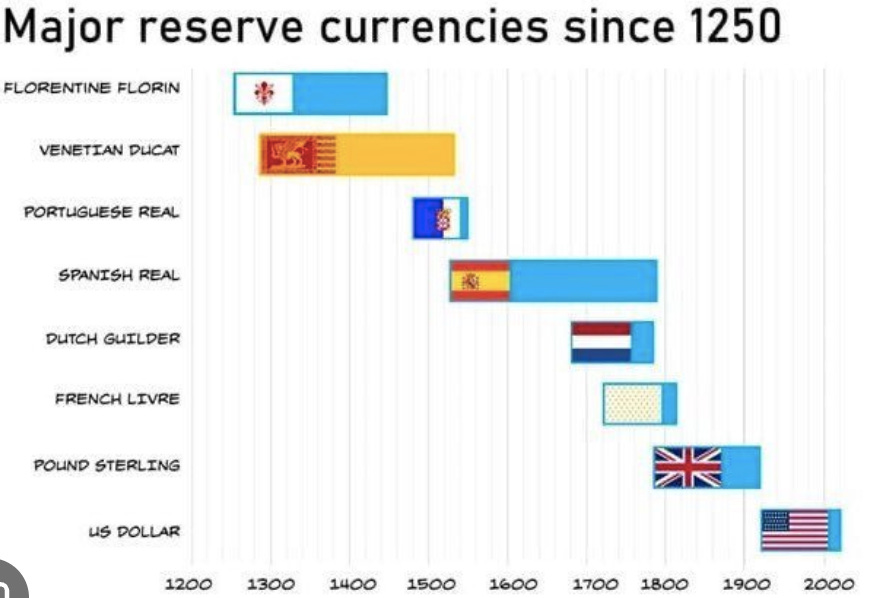
When Paper Money Dies
The other day Charles Payne sent me a quote by 1970s Fed Chair Paul Volcker who wrote, paraphrasing:
“It is a sobering fact that central banking has led to more inflation, not less. We did better with the 19th-century gold standard, with passive central banks, with currency boards, or even with ‘free banking’. The power of a central bank, after all, is the power to create money and, ultimately, the power to create is the power to destroy.”
This is a fairly striking admission of failure from — by all accounts — the best Fed Chair we’ve had since Wall Street forced the Fed on us in 1913.
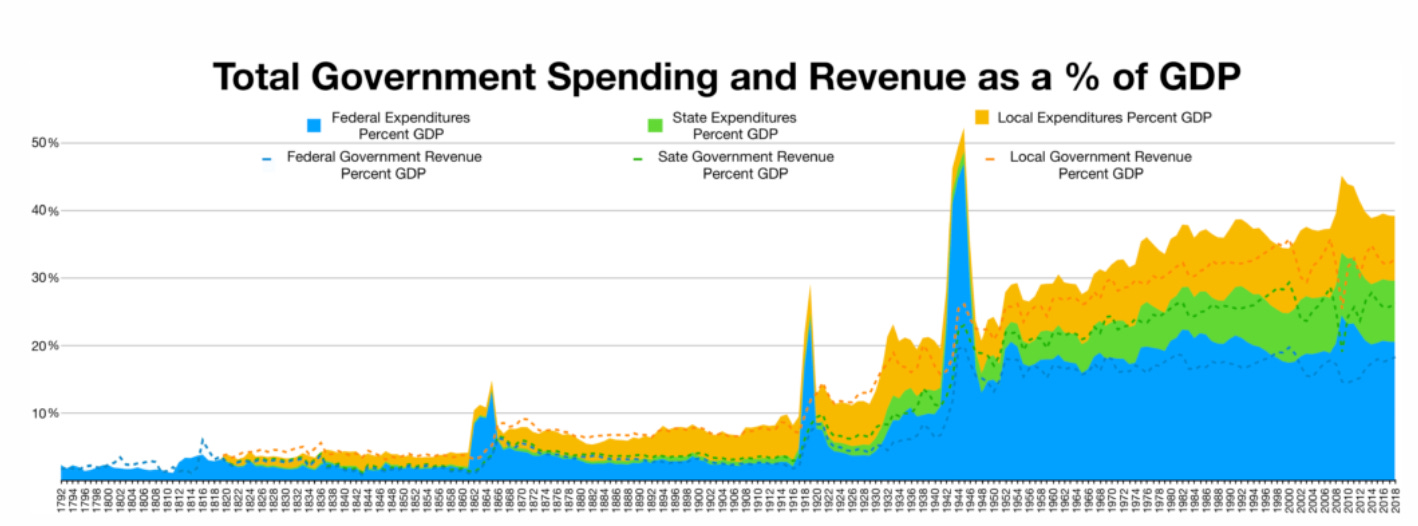
A central bank is indeed an extraordinary thing: it’s a privately-owned, federally-licensed counterfeiter the regime can use to seize literally everything in the world by printing money.
It’s why we have inflation and recessions.
It’s why we have Wall Street bailouts and a colossal national debt.
It’s why the government has grown to dominate our economy and our lives.
In contrast, under the gold standard, we had zero cumulative inflation over 124 years.
We had a federal government that was 7 times smaller as a percent of GDP.
In 1913 we had a national debt of 8% of GDP. Today, it’s 140% — in fact, it’s rising by almost 8% per year.
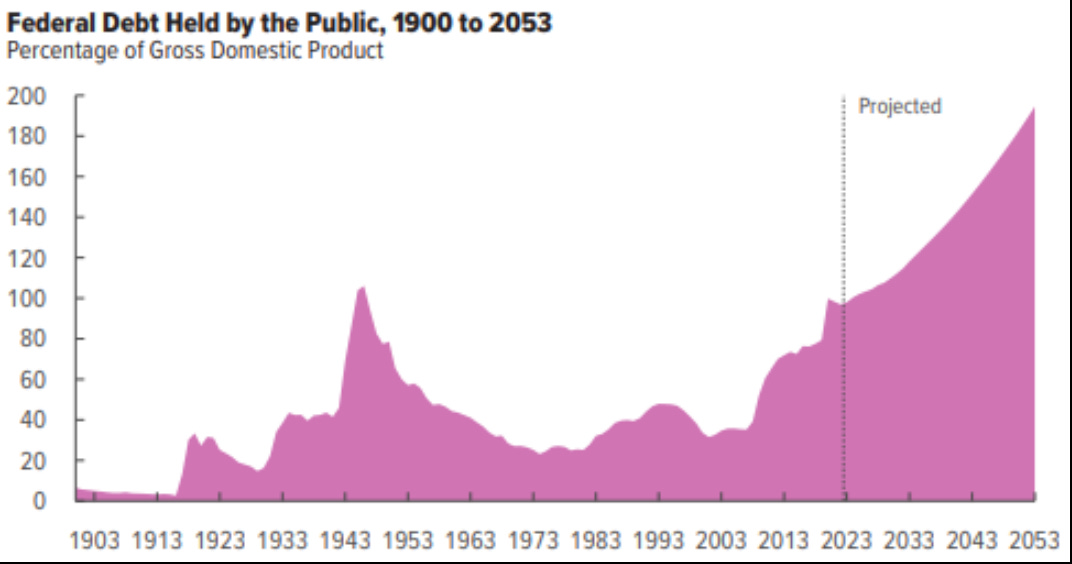
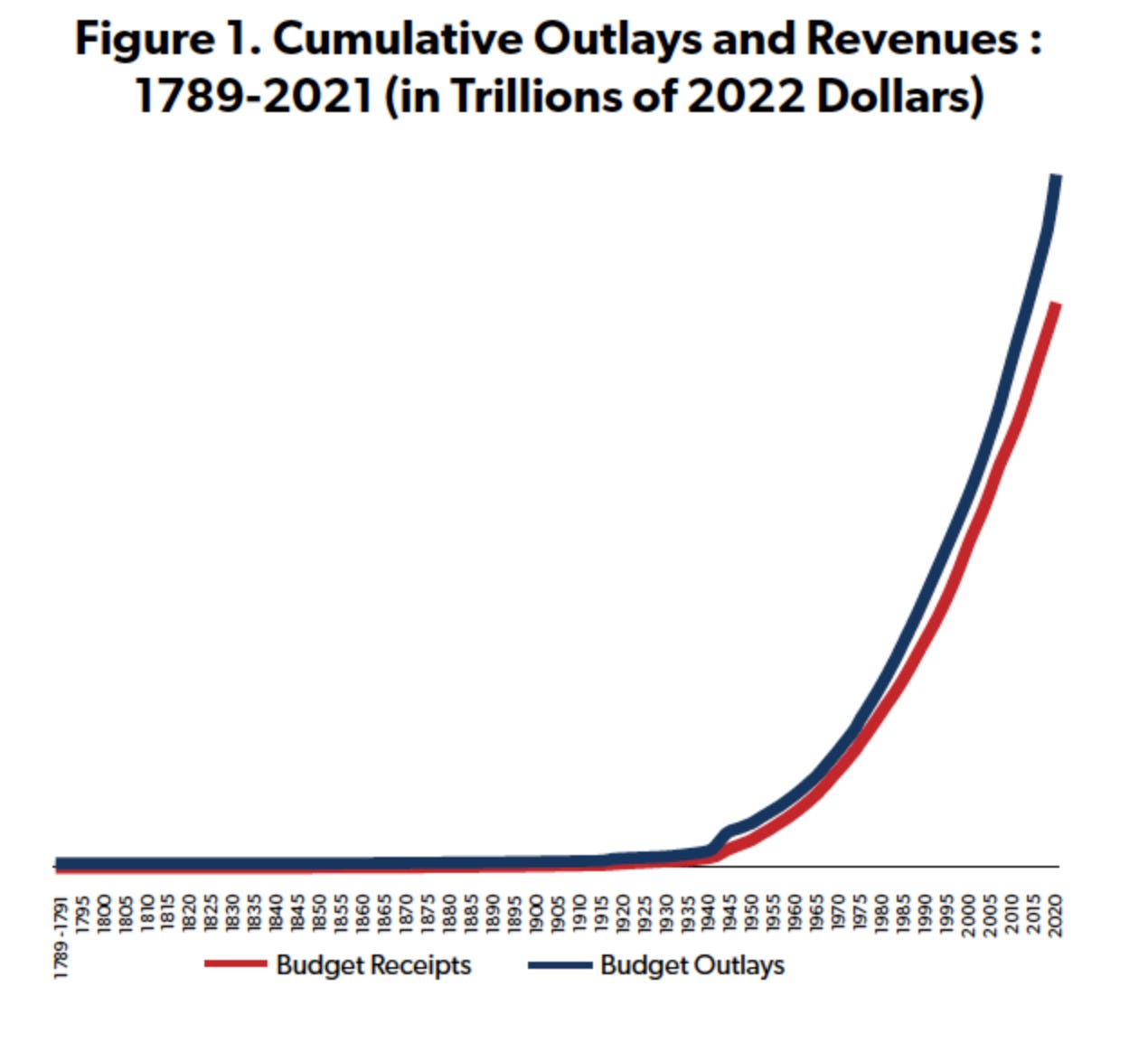
How We Get Back to Gold
So how do we get back?
Simple: back the dollar with gold at today’s price — twenty-five hundred per ounce — then mandate that if gold flows out the Treasury has to buy it back in before it does anything else — before it pays Ukraine before it pays interest on the national debt.
Presto.
Why? Because if they keep printing money it creates inflation and gold goes to, say, twenty-six hundred an ounce.
At 2600 people can make free money handing 2500 to the Fed for an ounce of gold and turning around and selling that ounce for 2600.
Gold flows out. And now the Treasury has to buy it in at 2600.
In other words, they lose money on the money printer: they give it away for 25 and buy it at 26.
Inflation in a Gold Standard
That means that, under a gold standard, the Fed and Treasury are forced to keep money creation low enough for zero percent inflation — for stable gold.
In practice, that would mean they can’t print more than gold demand — roughly the same as GDP. Which is about a trillion less per year compared to today.
On the ground, this means interest rates above inflation — no more paying hedge funds to borrow.
It means no more quantitative easing to buy up rich people’s assets leaving inflation for the poors.
It means no more Wall Street bailouts.
And, above all, it chokes off the spending cancer of the welfare-warfare industrial complex.
It could even include ending or reducing fractional-reserve banking — where banks lend out money they don’t have — by tightening long-standing reserve requirements so banks don’t inflate and they don’t crash in the first place.
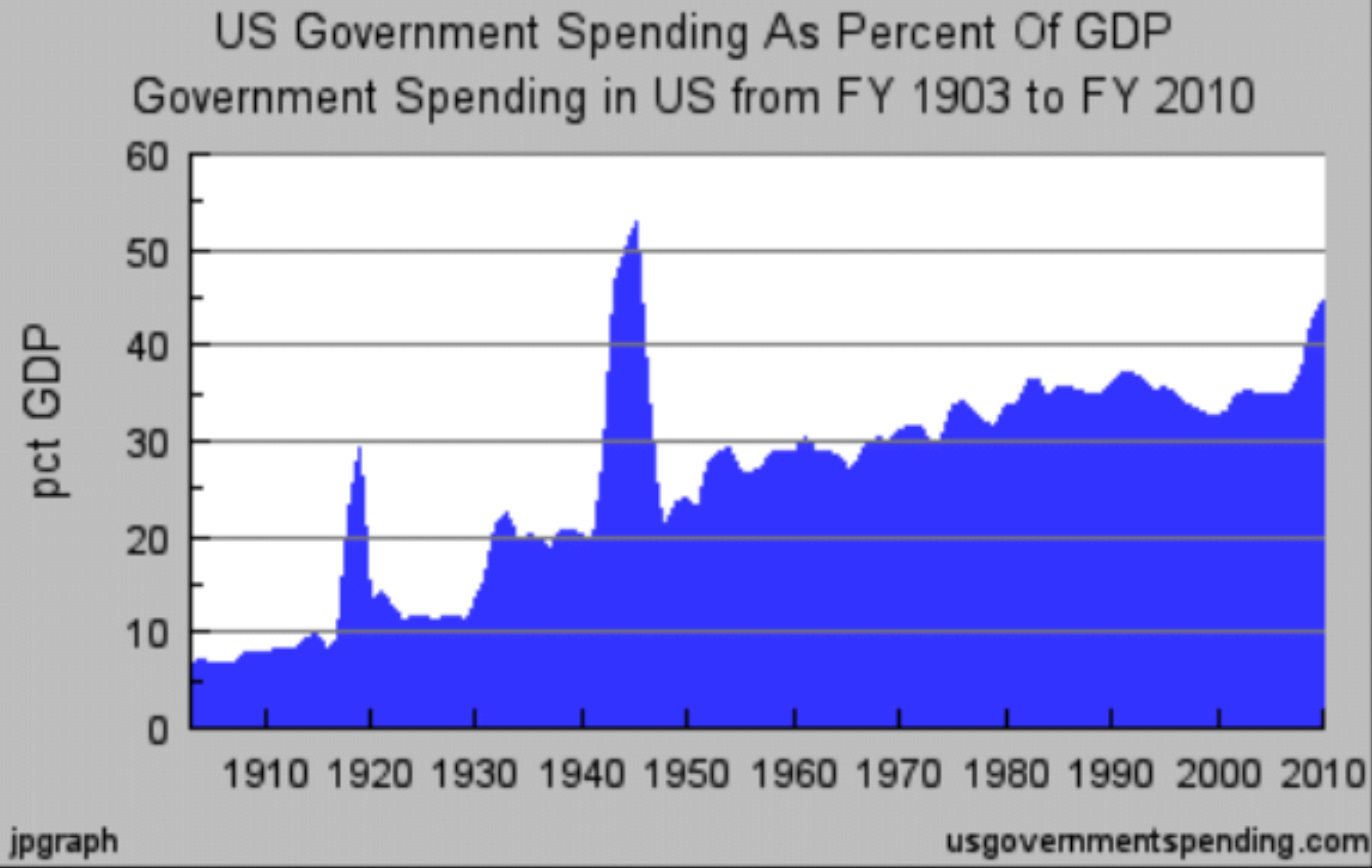
Neither the gold standard nor full reserve banking are remotely on the bingo card for the foreseeable future. And, historically, it takes a crisis to put them there.
But it’s important to remember how easy it is to solve our financial catastrophe if and when we get a politician brave enough to try.
Originally Published on Substack.
Peter St. Onge writes articles about Economics and Freedom. He’s an economist at the Heritage Foundation, a Fellow at the Mises Institute, and a former professor at Taiwan’s Feng Chia University. His website is www.ProfStOnge.com.

